9 Tips on How to Ride a Bike with Gears
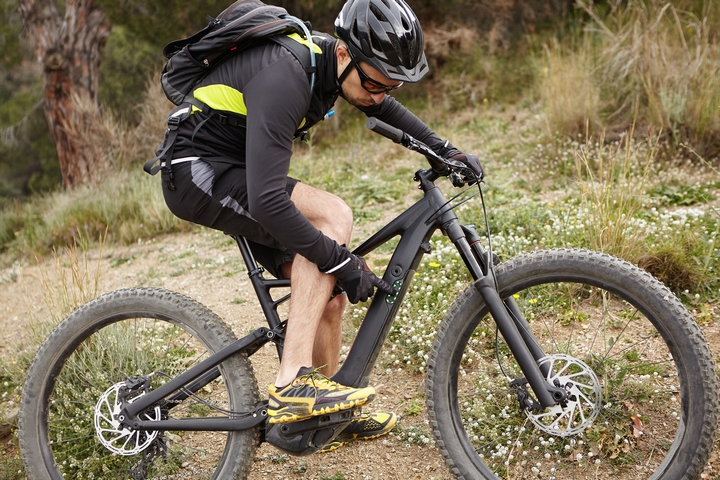
While fixie bikes and cruiser bikes are a popular choice nowadays, and are considered very functional for many purposes, bikes with gears can come in very handy for certain terrains and uses as well. If used incorrectly, a bike with gears won’t come in very useful at all, and may be frustrating to ride.
To make sure you understand all the mechanisms correctly, here is a guide on how to ride a bike with gears:
1. Orient yourself
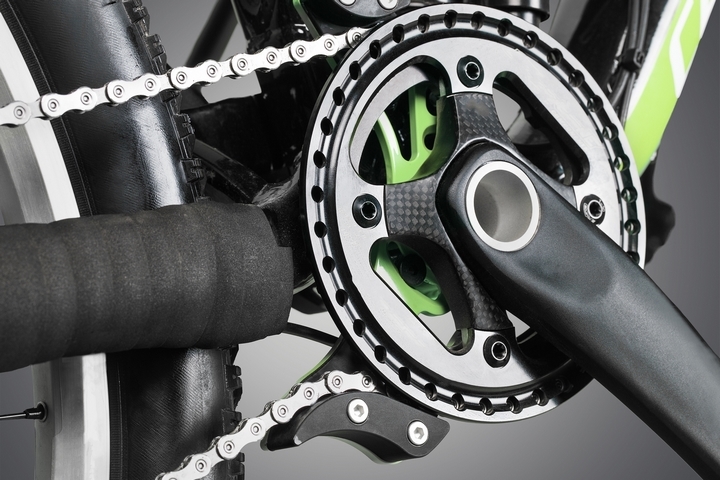
If you want to learn how to ride a bike with gears, you’ll first want to check out how many gears or speeds the bike has. Bikes with a smaller number of gears will only have one shifter, while bikes with more gears will have two. The number of gears a bike with two shifters has is equal to the numbers of gears on each shifter multiplied together. For instance, if the left shifter has three gears, and the right shifter has six, then the bike has a total of 18 gears.
2. Understand what the gears are for
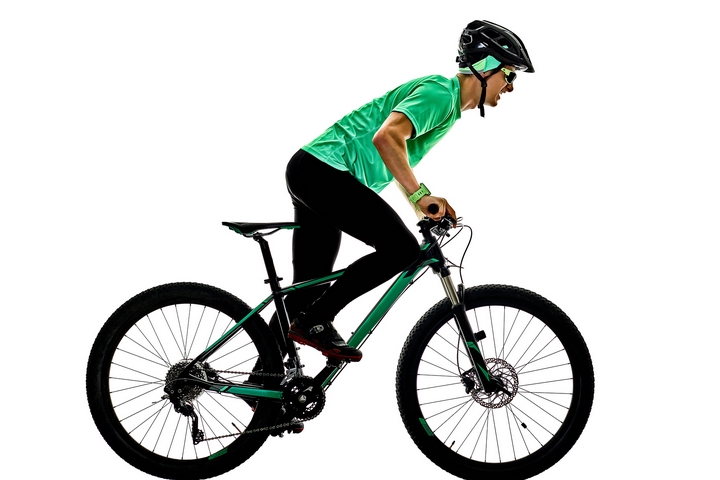
It is important to remember that the point of gears is to maximize efficiency. Having more gears allows the rider to pick one that can efficiently handle the terrain they will be riding. While most casual bikers won’t necessarily require a 27 gear bike to have a pleasant and easy riding experience, depending on the terrain they plan to be riding multiple gears may be helpful to them. Highly variable terrain will be easier to manage on a bike with more gears.
3. Know your lefts and rights
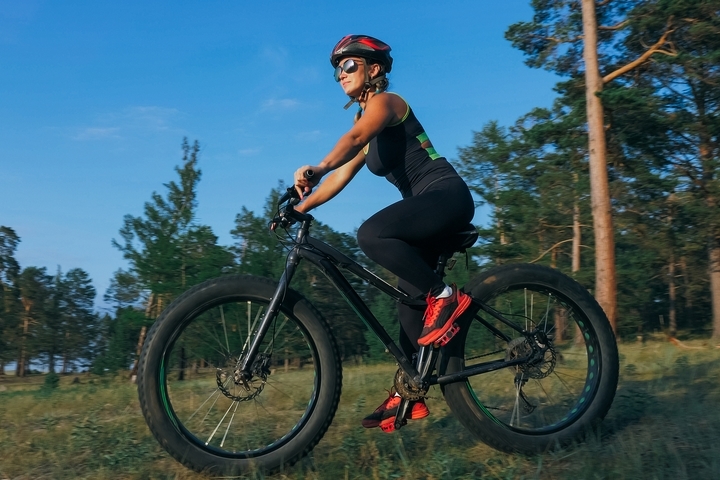
On a bike with two shifters, the left shifter will adjust the front gears, and the right shifter will adjust the rear gears. Adjusting the shifter allows the derailleur – a metal loop – to move the chain from side to side, switching it to a new gear in the process. A trick you can use to remember which hand controls which shifter is to remember: rear is right. After a while, it will become second nature and you won’t have to think about it anymore.
4. Decide on what gear you need
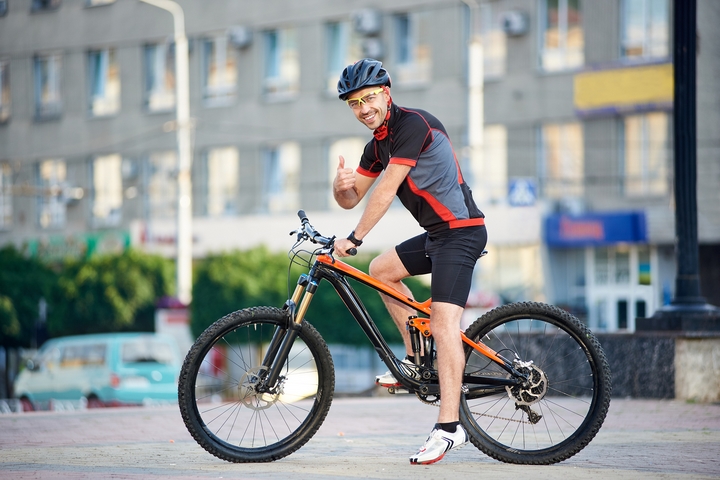
A lower gear will make it easier to pedal your bike, but your bike will receive less power per pedal rotation. Higher gears make it more difficult to pedal, but your pedalling will do more to power the bike.
5. Know what gear to be in

The simplest gear shifting advice is that when you are stopped or slowing down a lot, it is best to get into a lower gear as it is difficult to gain momentum in a higher gear. Once the bike is cruising at a moderate speed, then it can be shifted into a higher gear to facilitate riding and further increase speed.
You may be able to get away with keeping your bike in a mid-range gear for most of your riding, but you will want to put your bike back into a lower gear when heading up big hills. You can try different types of bikes with gear settings, such as a fixie gear bike that will help you navigate those high-altitude landscapes.
6. Don’t criss-cross your chain
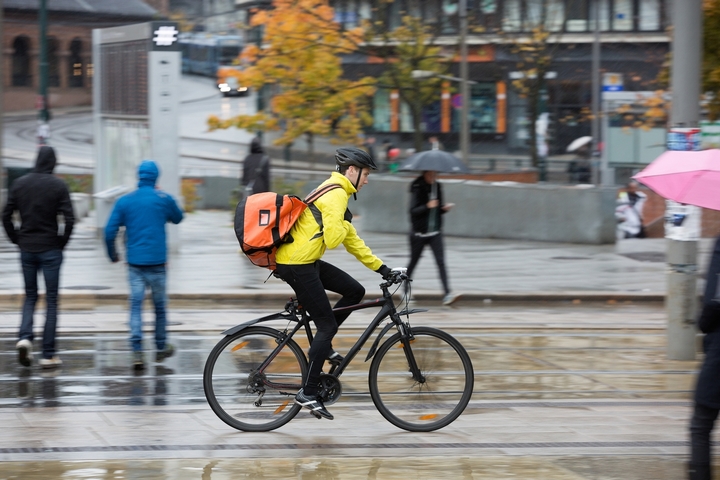
When you are learning how to ride a bike with gears, you never want both your front and back gears to be on the largest cogs at the same time. The same goes for the smallest cogs at the same time. The reason for this is that it puts the chain at a strange diagonal angle. Over time this will wear out the chain as a result of its being stretched and bent at such a strange angle so frequently.
7. Anticipate gear changes
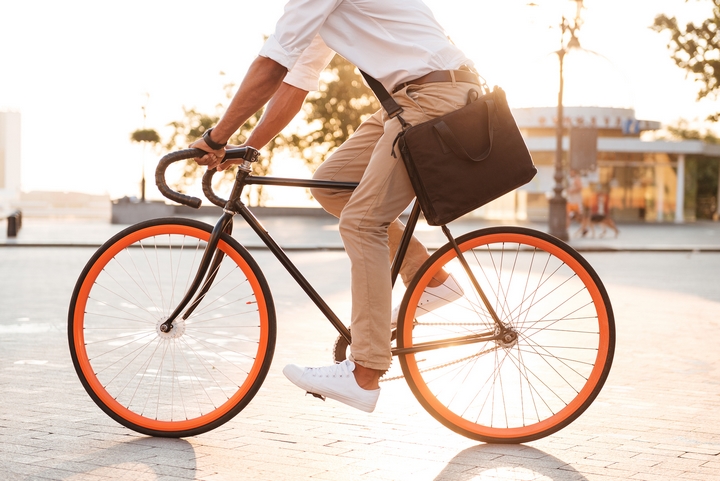
It is best to change gears before it becomes necessary. Think about getting halfway up the hill and coming to a complete halt because you forgot to shift down. Anticipate the changes that are going to occur in your speed, and stay one step ahead.
Another example is coming to a stop and trying to get going again only to realize you haven’t changed back down again. It’s best to change gears while the pedals are moving forward to allow the chain to catch, so gearing down as you’re coming to a stop prepares the bike to get going again more easily.
8. Be patient

Shifting should be a gradual process, not something that happens all at once. In fact, on some bikes, shifting a bunch of gears at once can actually cause the chain to fall off. A better method is to shift one gear at a time, allowing the chain to catch in between each shift.
9. Practice makes perfect
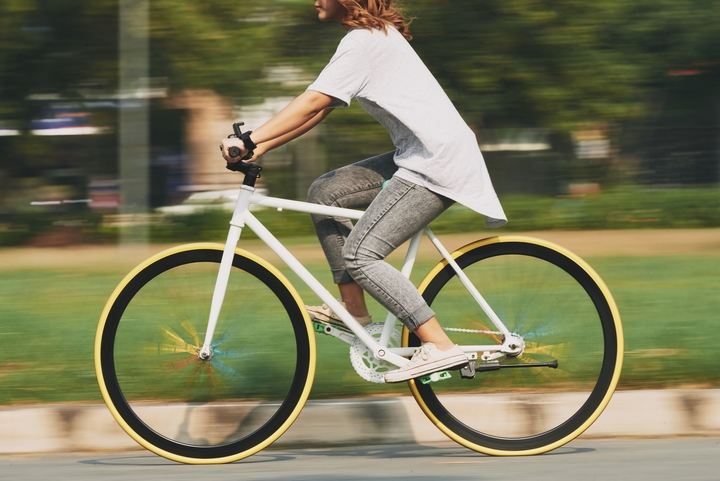
It’s probably a good idea to learn how to shift up and down properly in a safe and controlled situation rather than when you really need it. If you go to a flat area with minimal amounts of traffic and lots of space for riding around it will be easier for you to play around with the gears on your bike and learn what each of them feels like and how that affects your riding.
